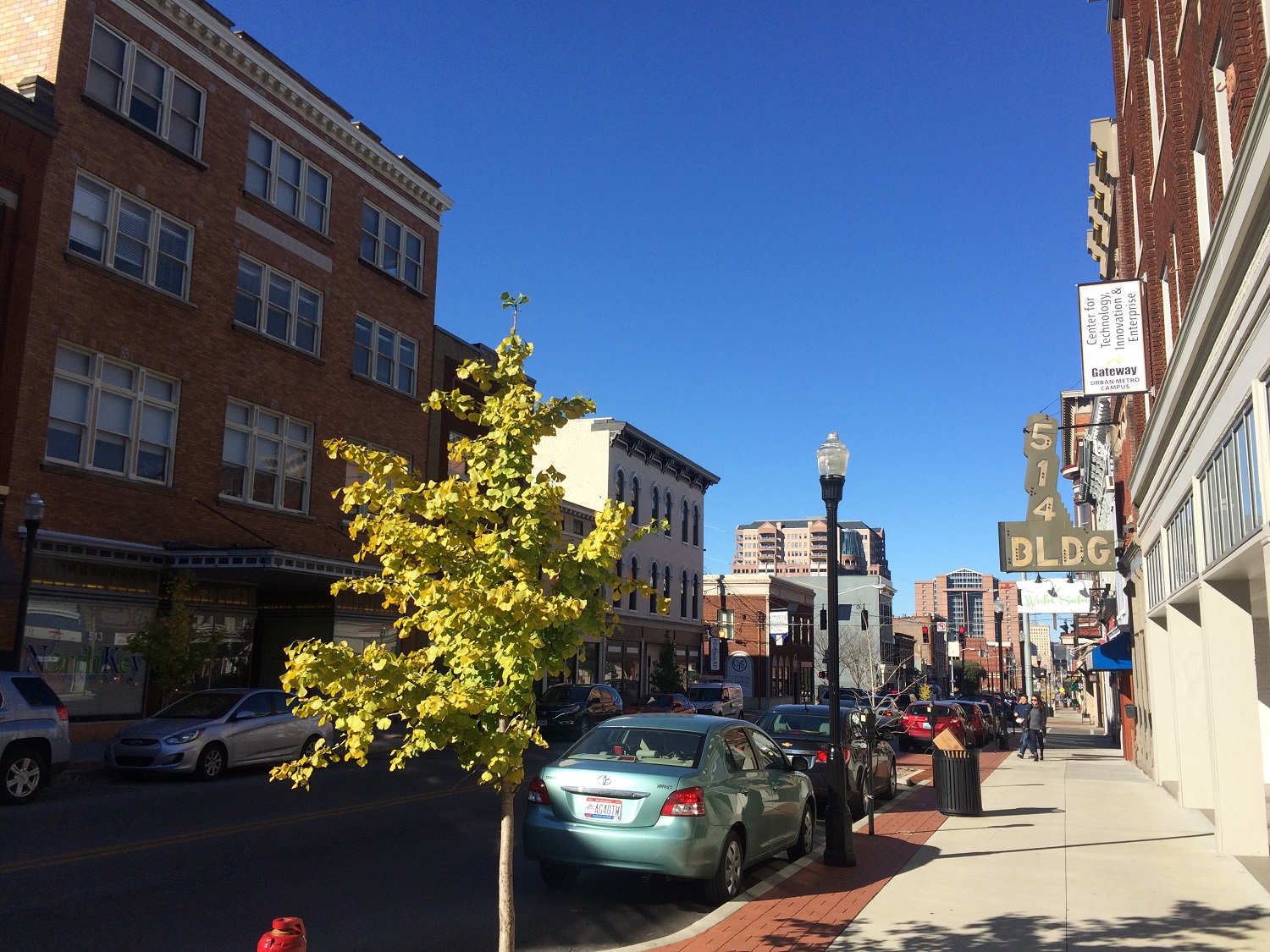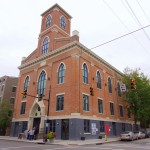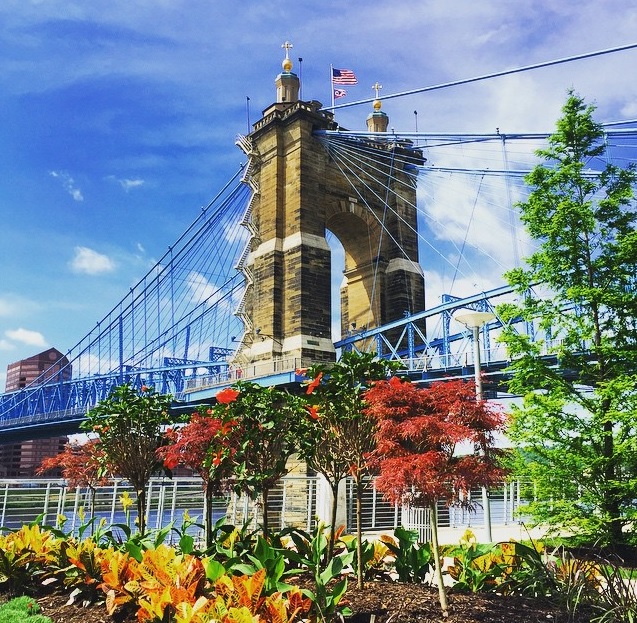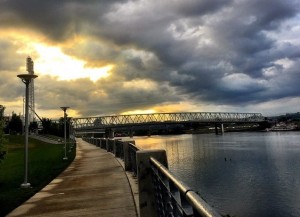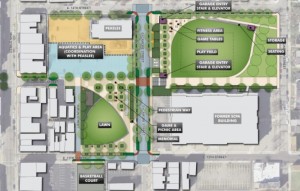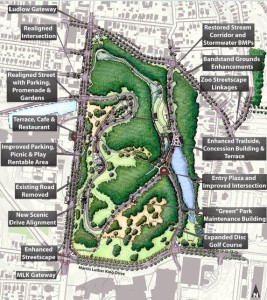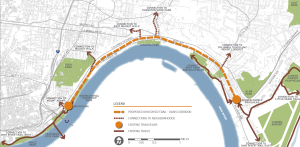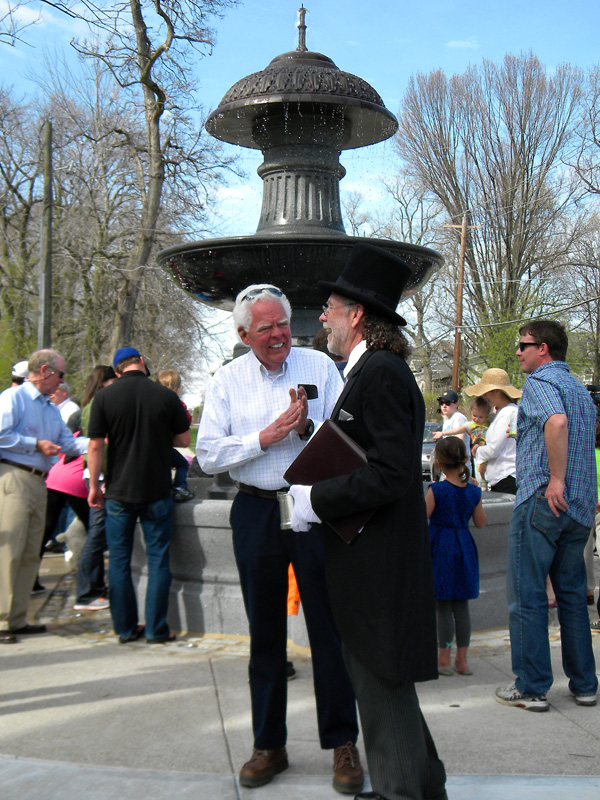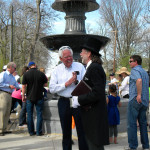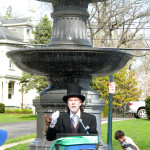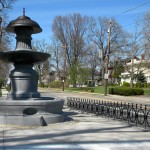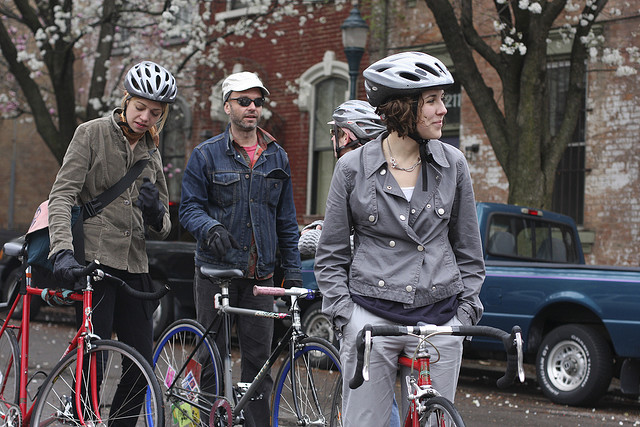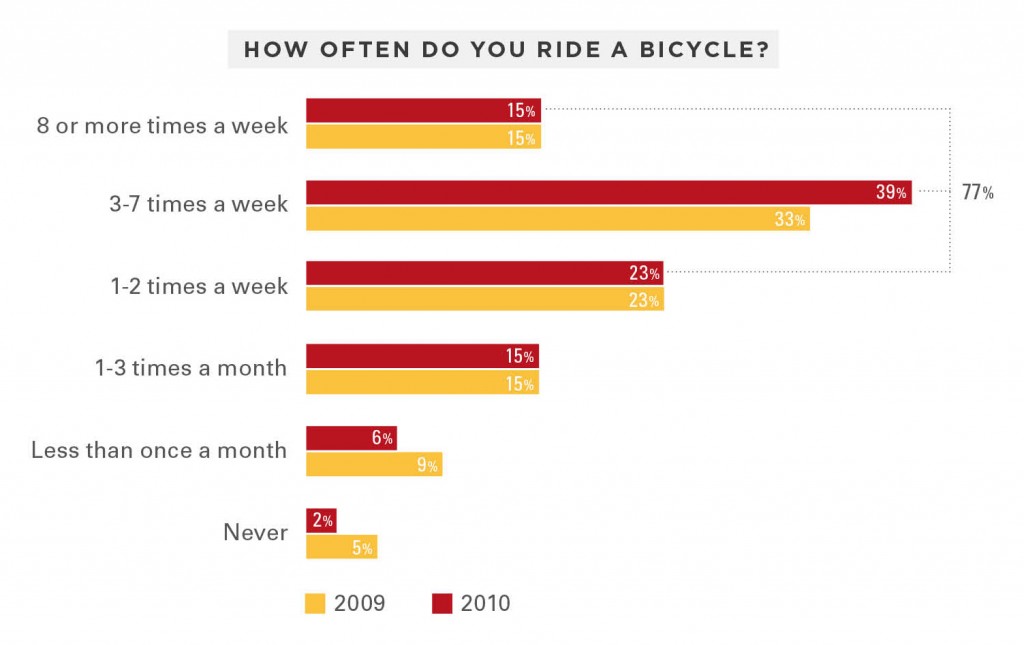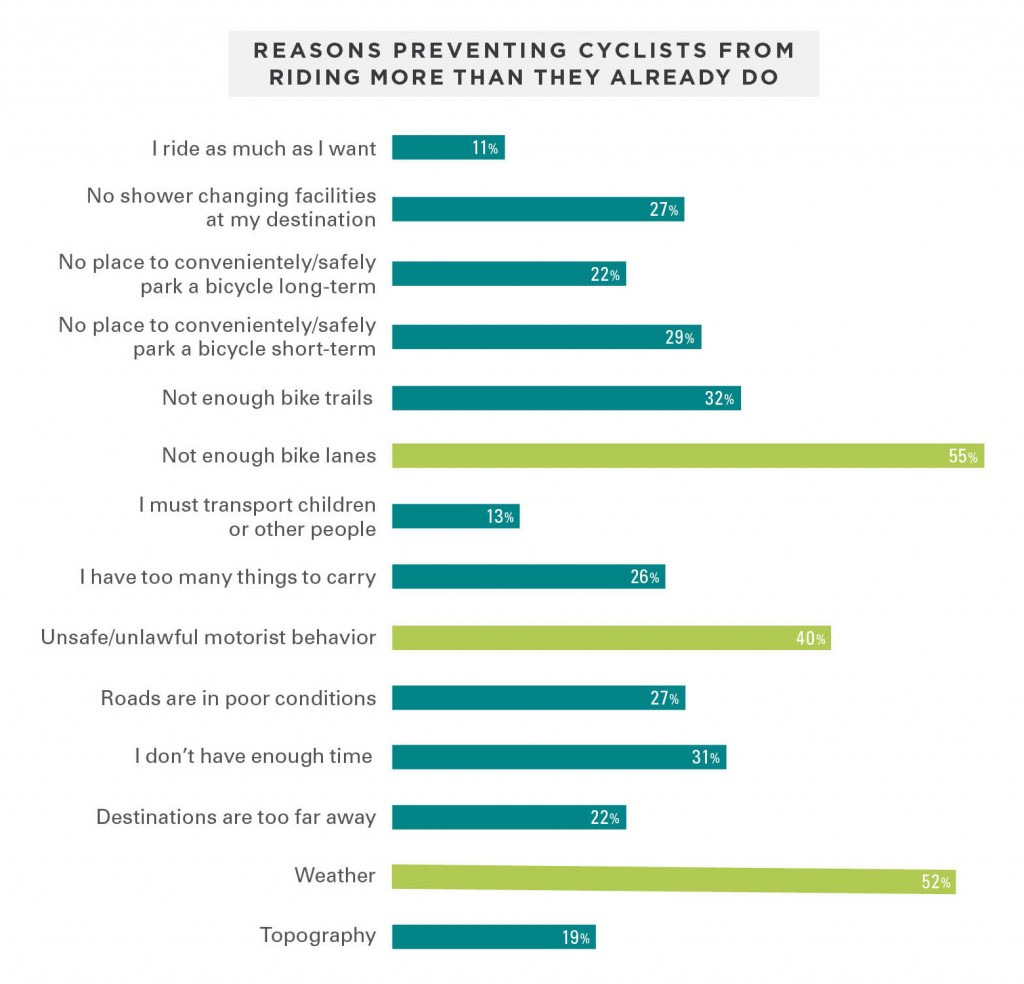The Cincinnati Preservation Association gathered earlier this month to honor the best projects and professionals when it comes to preserving the region’s historic building stock.
The 51st annual meeting was held on Sunday, November 8 at the Renaissance Cincinnati Downtown Hotel, which is located inside the landmark Daniel Burnham tower at Fourth and Walnut Streets. The event itself was held inside the hotel’s stunning grand ballroom that had previously functioned as a banking hall.
Twelve awards were handed out to owners and developers of historic buildings throughout the region that CPA believes have substantially restored or rehabilitated those structures in accordance to the Secretary of the Interior’s Standards for Rehabilitation. Those projects include the following:
- Archdiocesan Archives Renovation – Archdiocese of Cincinnati | Chameleon Architecture | Danis Building Construction
- Beasley Place (Over-the-Rhine) – Over-the-Rhine Community Housing | CR Architecture + Design | HGC Construction
- St. Michael the Archangel Parish Buildings (Lower Price Hill) – Education Matters | Brashear Bolton Architects | HGC Construction
- 408 Overton Street (Newport) – Mansion Hill Properties
- The Crown (Over-the-Rhine) – Crown Building LLC | Hampton Architects | Premier Tri-State Roofing
- J.H. Rhodes House – Benjamin and Kristen Walters | Preservation Architecture Services Team | Benjamin Walters/Chris Holtman/Jeff Niemis/Joel Stafford
- Taft’s Ale House (Over-the-Rhine) – Ale House Landlord | Drawing Department | HGC Construction
- Chatfield College OTR Campus (Over-the-Rhine) – Chatfield College | Emersion DESIGN | Endeavor Construction
- Clifton Library (Clifton) – Public Library of Cincinnati and Hamilton County | McClorey and Savage | Motz Engineering
- Probasco Fountain (Clifton) – City of Cincinnati | Clifton Town Meeting
- Frida 602 (Covington) – Lucky Twins LLC | Don Biendenharn
- Stonelick Covered Bridge – Clermont County | Smolen Engineering | The Righter Company
In addition to the project-related awards, two special education awards were also given out to those who, according to CPA, have produced quality programs, publications, inventories, or have promoted the awareness of historic preservation.
The first went to CPA volunteer Jeanne Rolfes, who was described as being one of the area’s most innovative volunteers when it comes to historic preservation. This recognition was largely due to her request of funds and subsequent development of a virtual tour for those who are too old or unable to participate in typical walking sessions about historic preservation.
CPA officials say that the program, called Cincinnati Memories, has been so successful since its launch in 2008 that it has been expanded twice and now brings in much needed revenue for the non-profit organization.
CPA awarded its prestigious President’s Award for Service to Preservation to architect Dave Zelman for his years of service and critical leadership roles in such efforts as the West Side Preservation Summit in 2010, annual spring home tours, River West Working Group, restoration of a National Register-listed Matthew McWilliams House on River Road, and assistance in saving landmarks like Our Lady of Perpetual Help Church in Sedamsville and an ancient stone house in Sayler Park.
